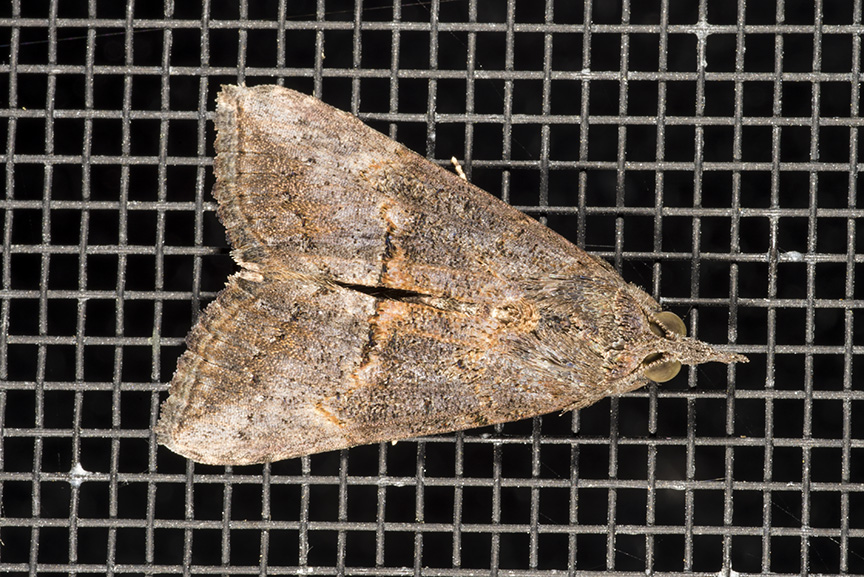
Most likely you have seen some black moths flying around farms, homes, and yards, especially to lights at night.


Most likely you have seen some black moths flying around farms, homes, and yards, especially to lights at night.

Much of the corn has pollinated throughout the state, but there are the late-planted fields that have yet to do so. Those are the fields that potentially act as a “trap crop” for various insect pests as they look for an excellent protein source…pollen. One particular insect, known by some producers as silk beetles, is the western corn rootworm beetle. In most years, this is the time for the peak number of beetles present in the state. In fact, for research trials we deliberately plant corn late the year before in an attempt to lure pollen-feeding female beetles into the crop so there will be plenty of eggs in second year corn. However, beetle numbers are much lower than they used to be several years ago. Because of this, some producers have let their guard down, only to later regret their decision to not protect their corn from larval damage.[Read More…]
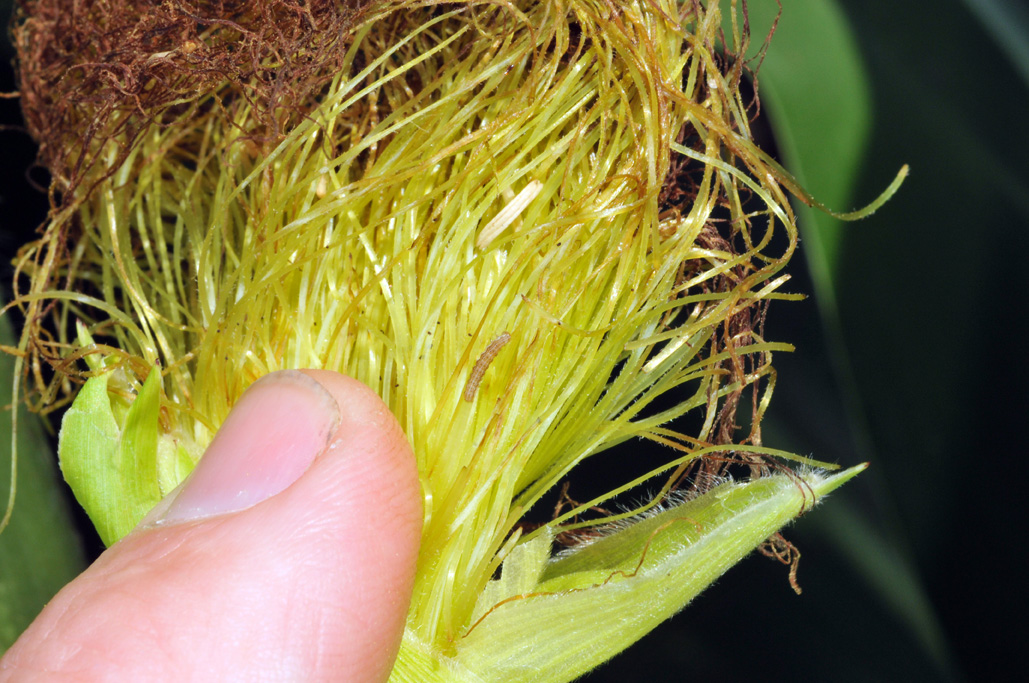
The vast majority of cornfields in the northwestern counties of Indiana have reached or have passed pollination.
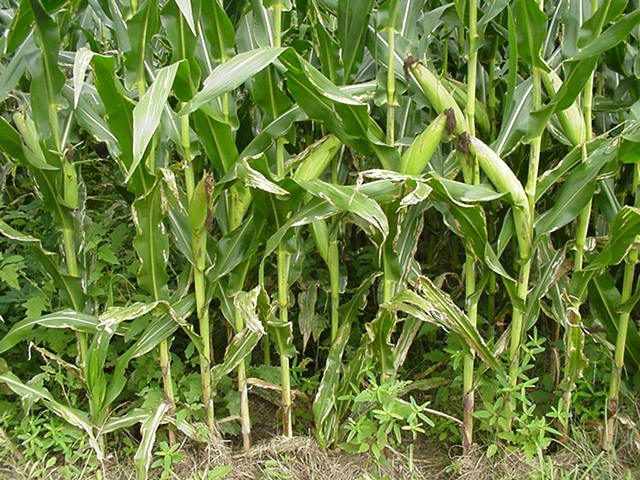
Corn blotch leafminer, Agromyza parvicornis, is a leaf-feeding insect normally considered an “occasional or non-economic” pest.
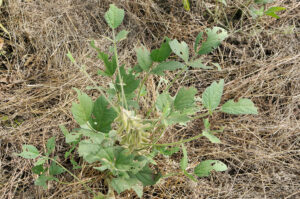
Reports of grasshoppers within fields have been received. The pictures and videos included with the emails showed numerous grasshopper nymphs severely defoliating soybean that were planted into a standing cereal rye cover crop. The soybean plants were delayed in growth, as they were shaded by the dying rye. Grasshoppers, as the name suggests, love feeding on a range of grasses but are certainly not limited to this group of plants.
A considerable number of male western bean cutworm moths have emerged and been captured in the last week. Some pest managers have reported finding egg masses. As previously mentioned, the female moths seem to have a preference for depositing eggs on the upright leaves just before tasseling. The hatched larvae will crawl immediately to the whorl or leaf axils, depending on corn’s growth stage, for protection while feeding on leaf tissue and/or pollen
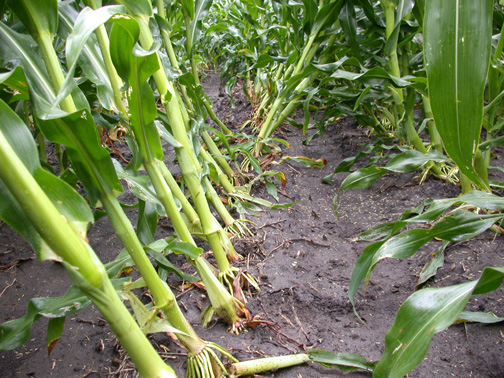
With the recent heavy rains and winds in many parts of the state, it seems like a good time to talk about corn lodging.
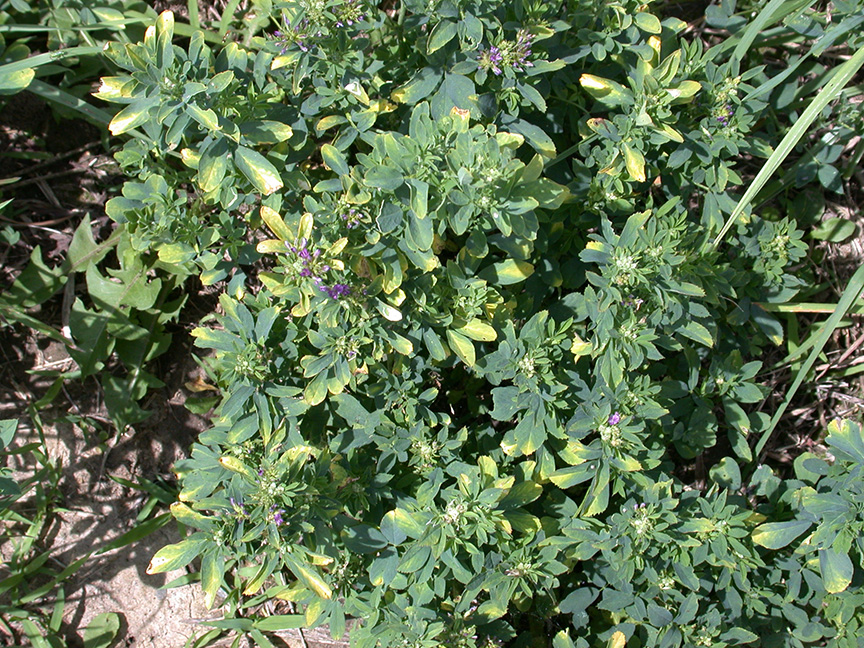
Potato leafhopper populations were noticeably higher after last week’s tropical storm remnants blew through, and now the warmer temperature will drive further increases.
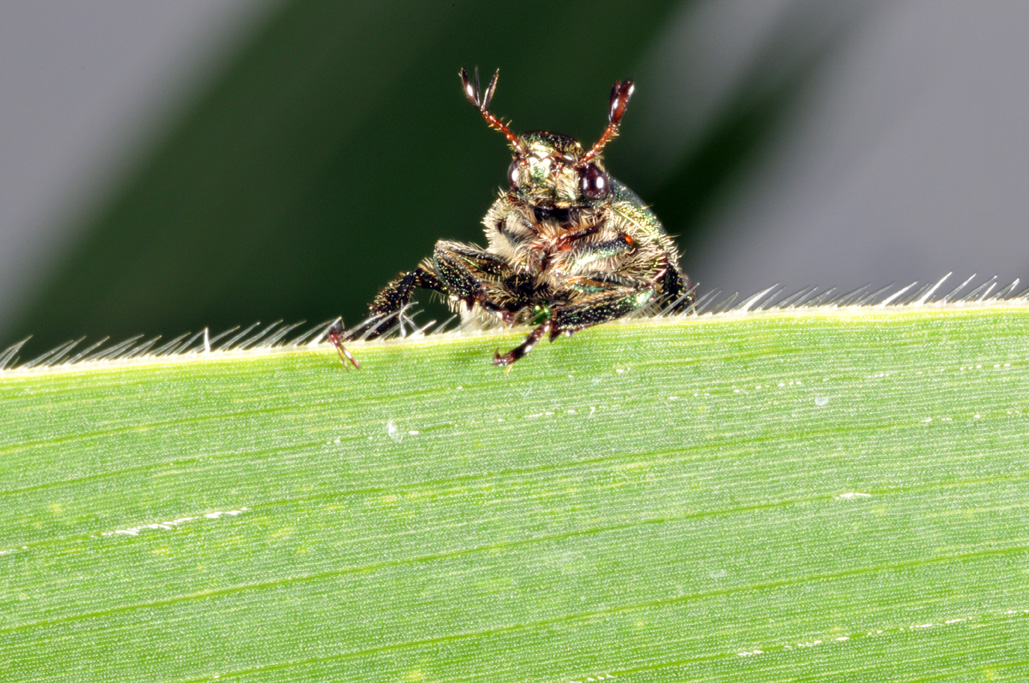
Pheromone traps placed on campus by Purdue’s Turfgrass Entomology & Applied Ecology program have detected emergence of Japanese beetle.

Weather systems originating in the south will often carry insects north with them.
© 2026 Purdue University | An equal access/equal opportunity university | Copyright Complaints | Maintained by Pest&Crop newsletter
If you have trouble accessing this page because of a disability, please contact Pest&Crop newsletter at luck@purdue.edu.